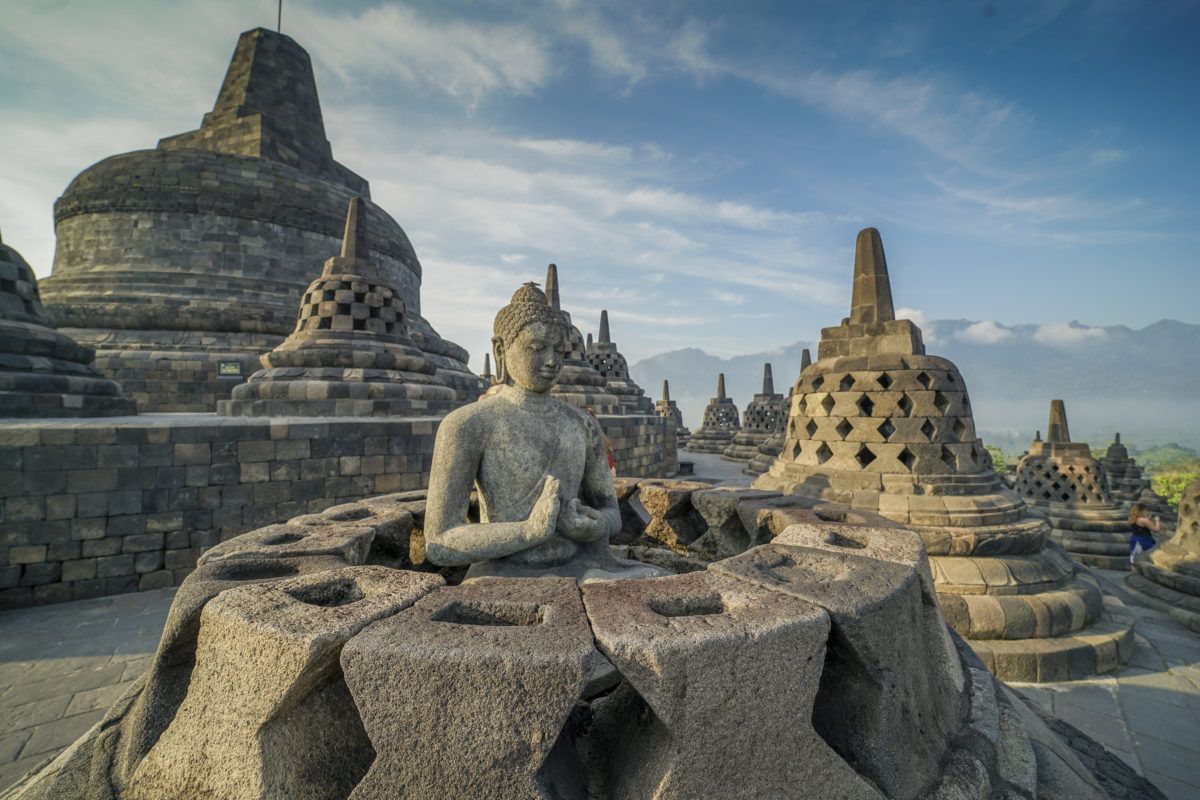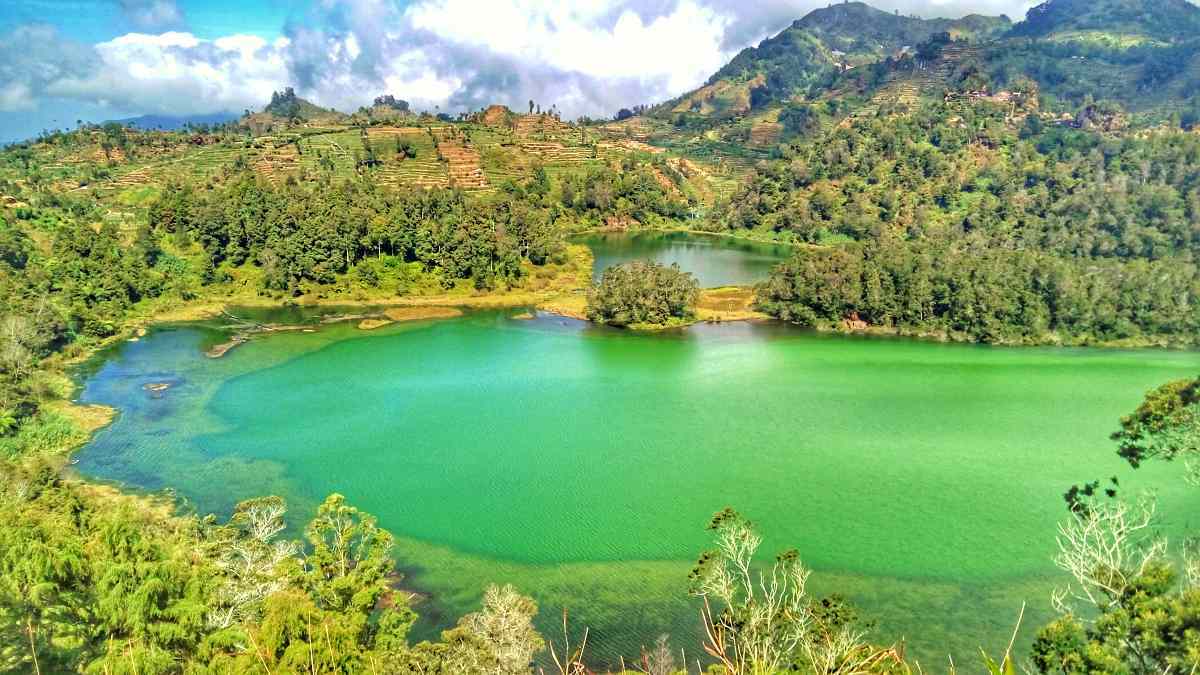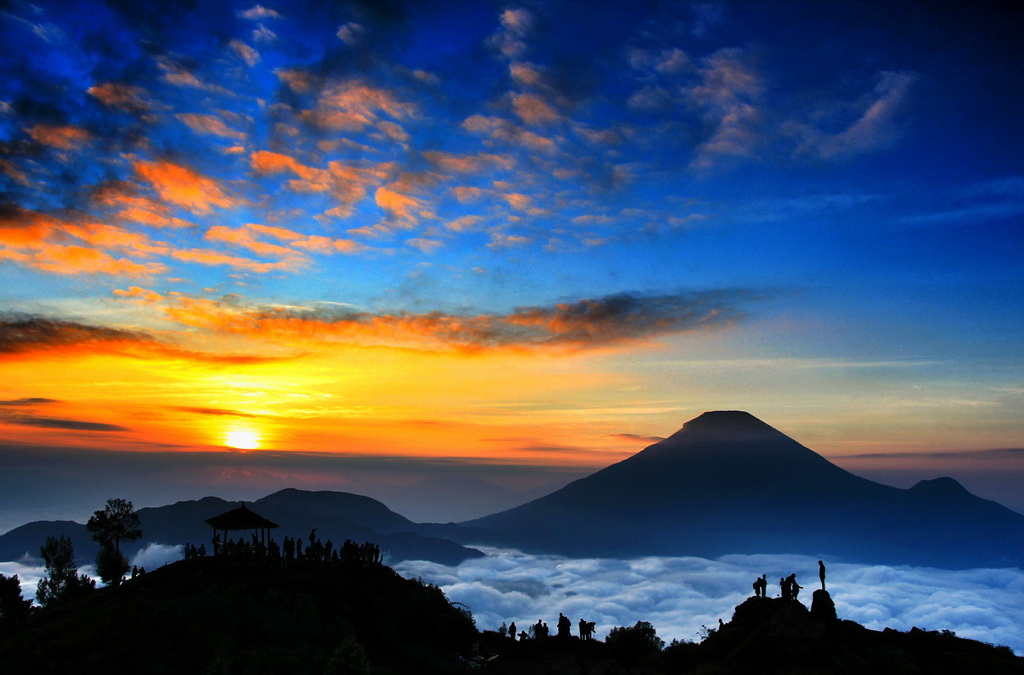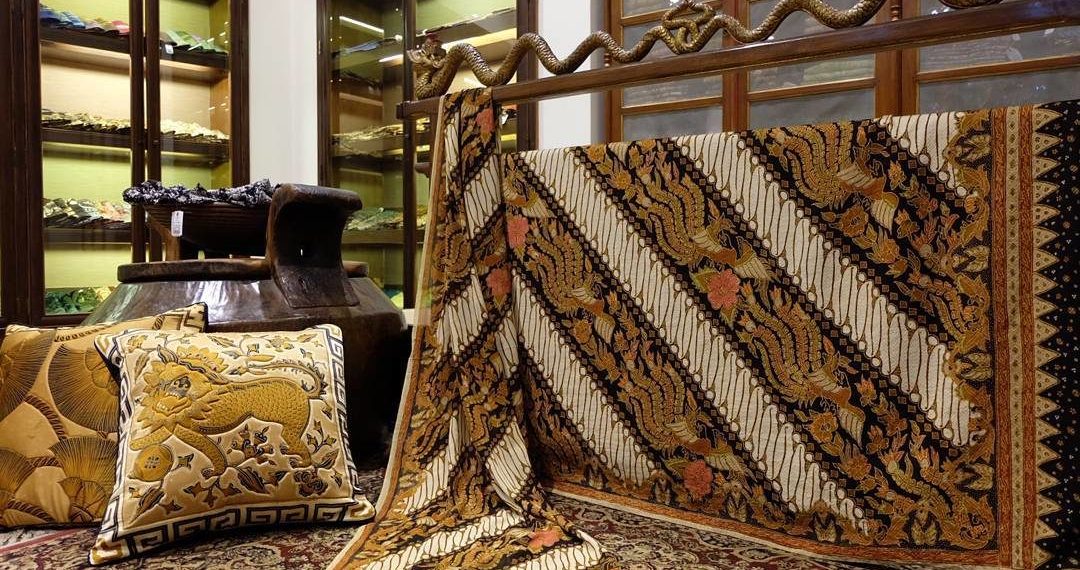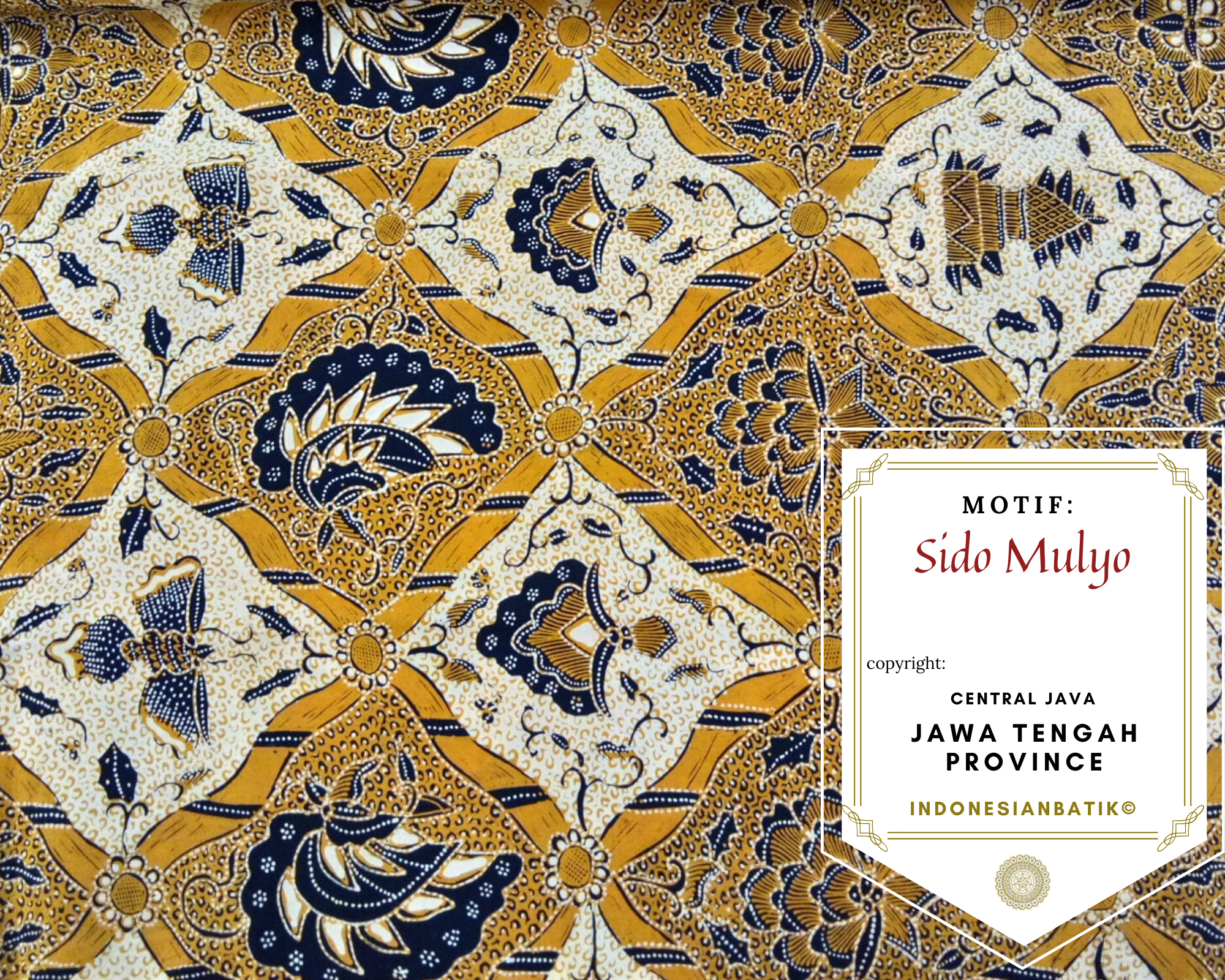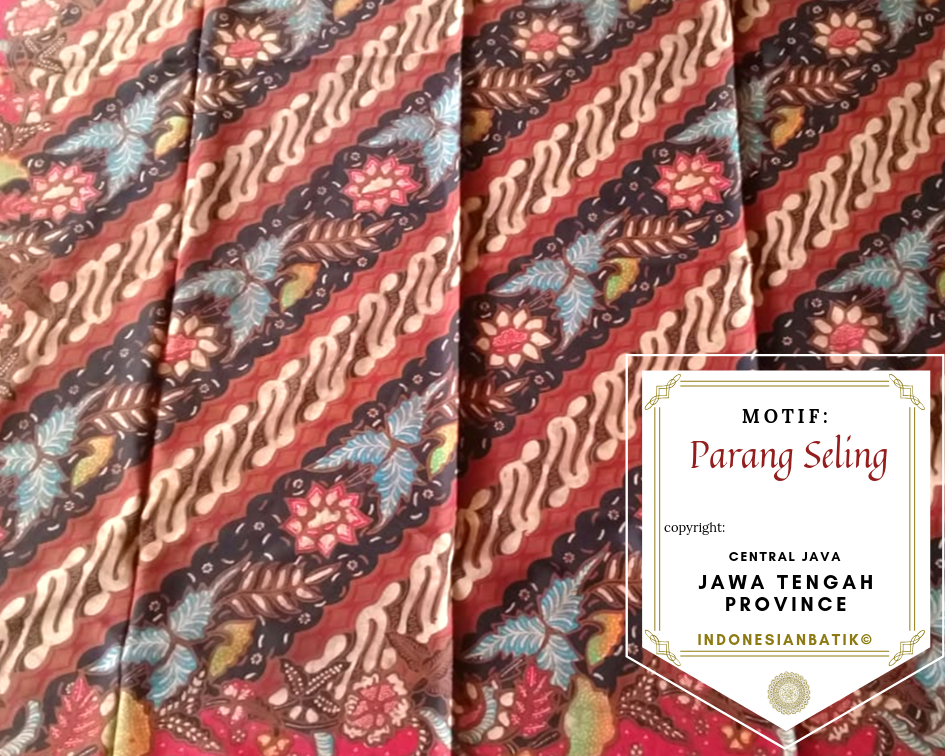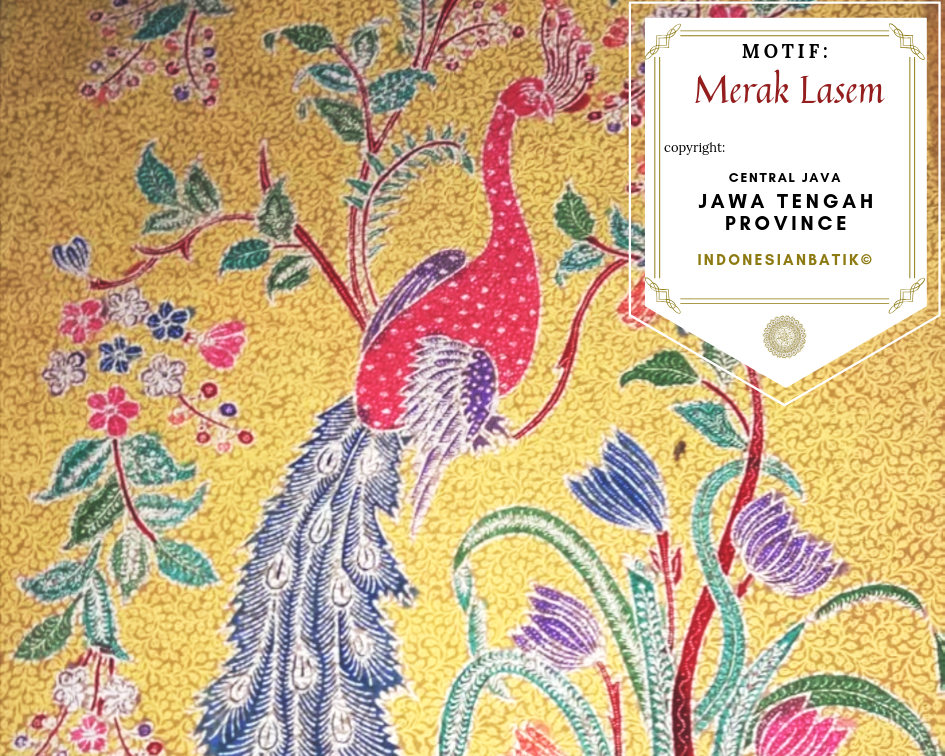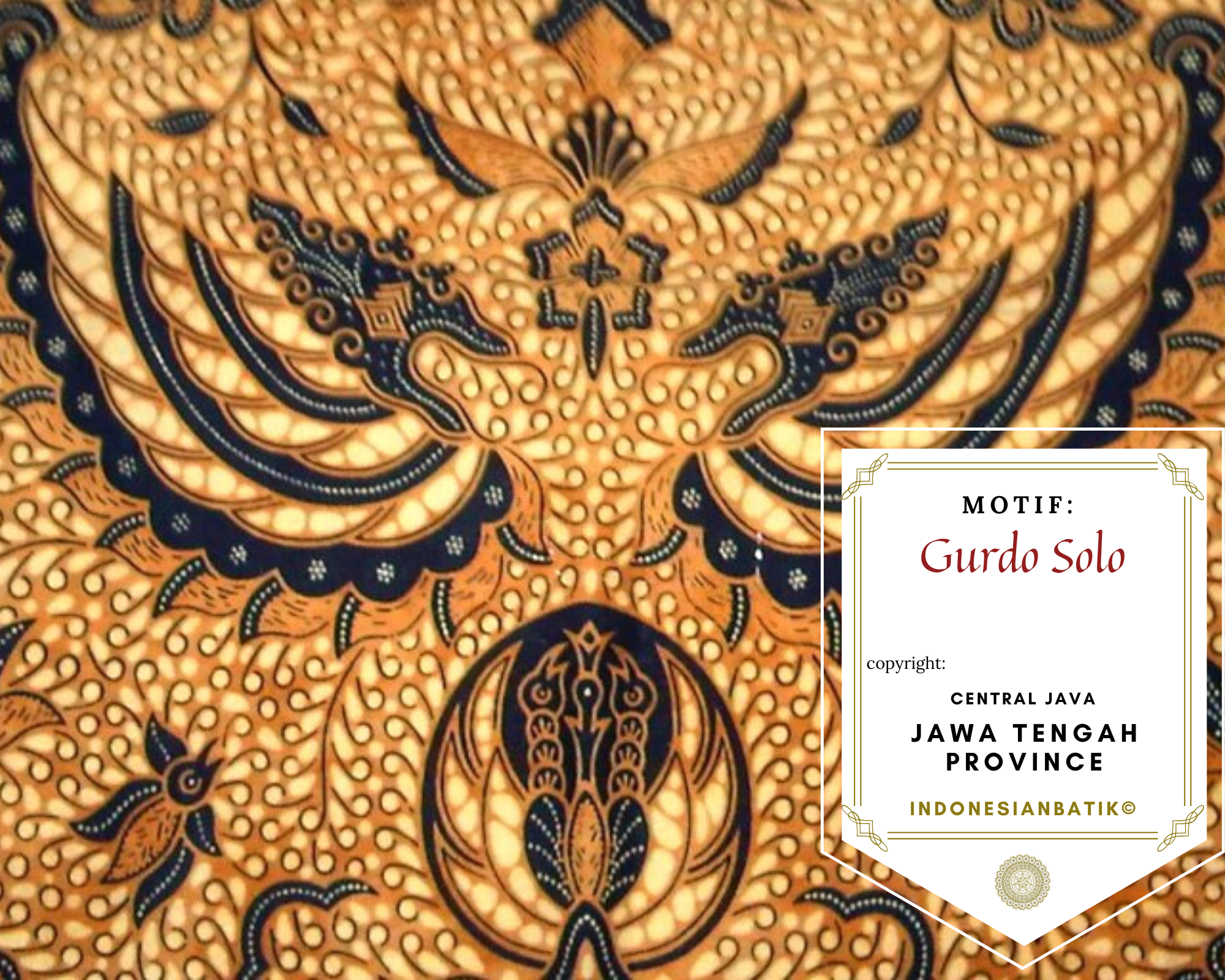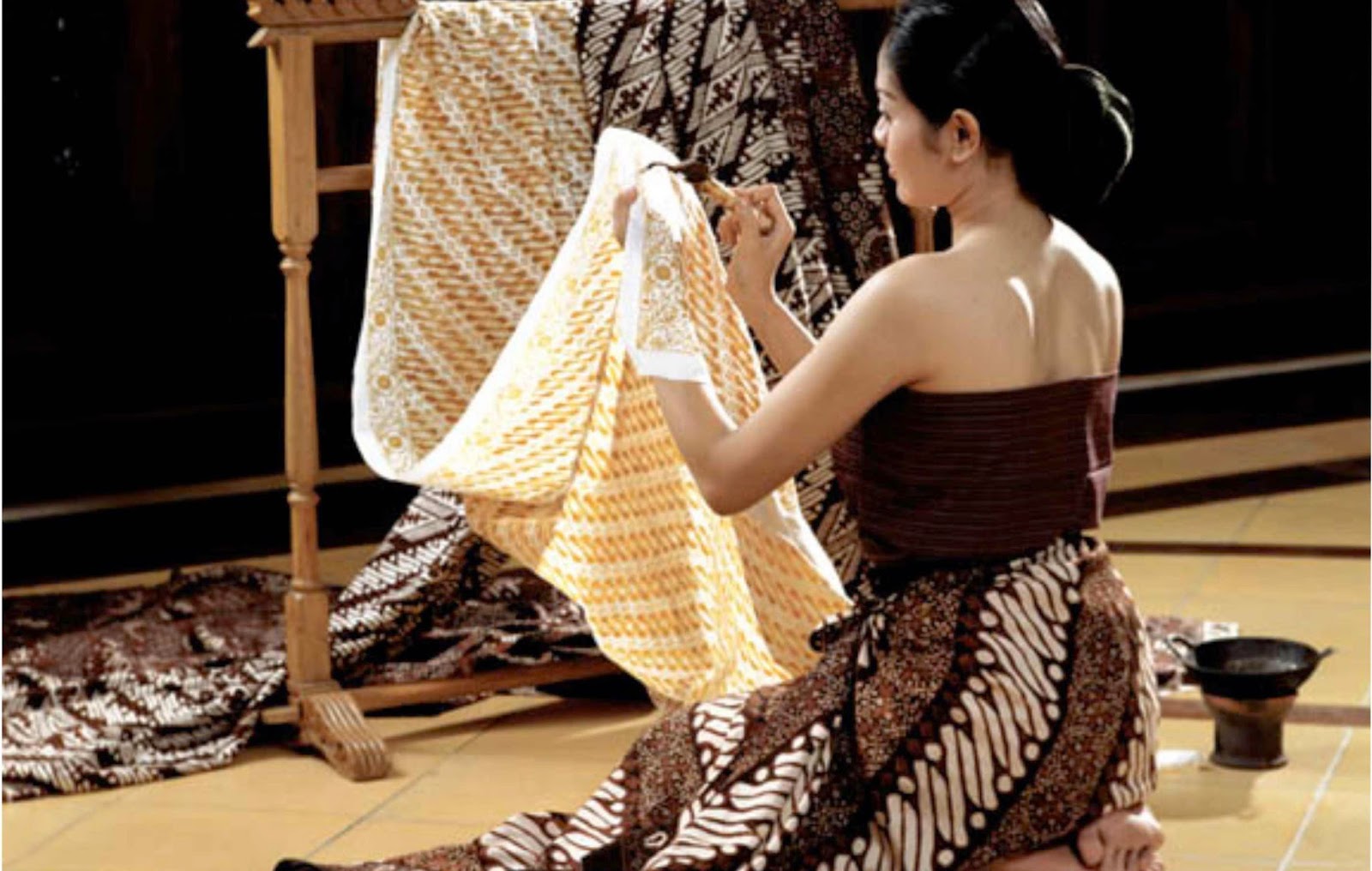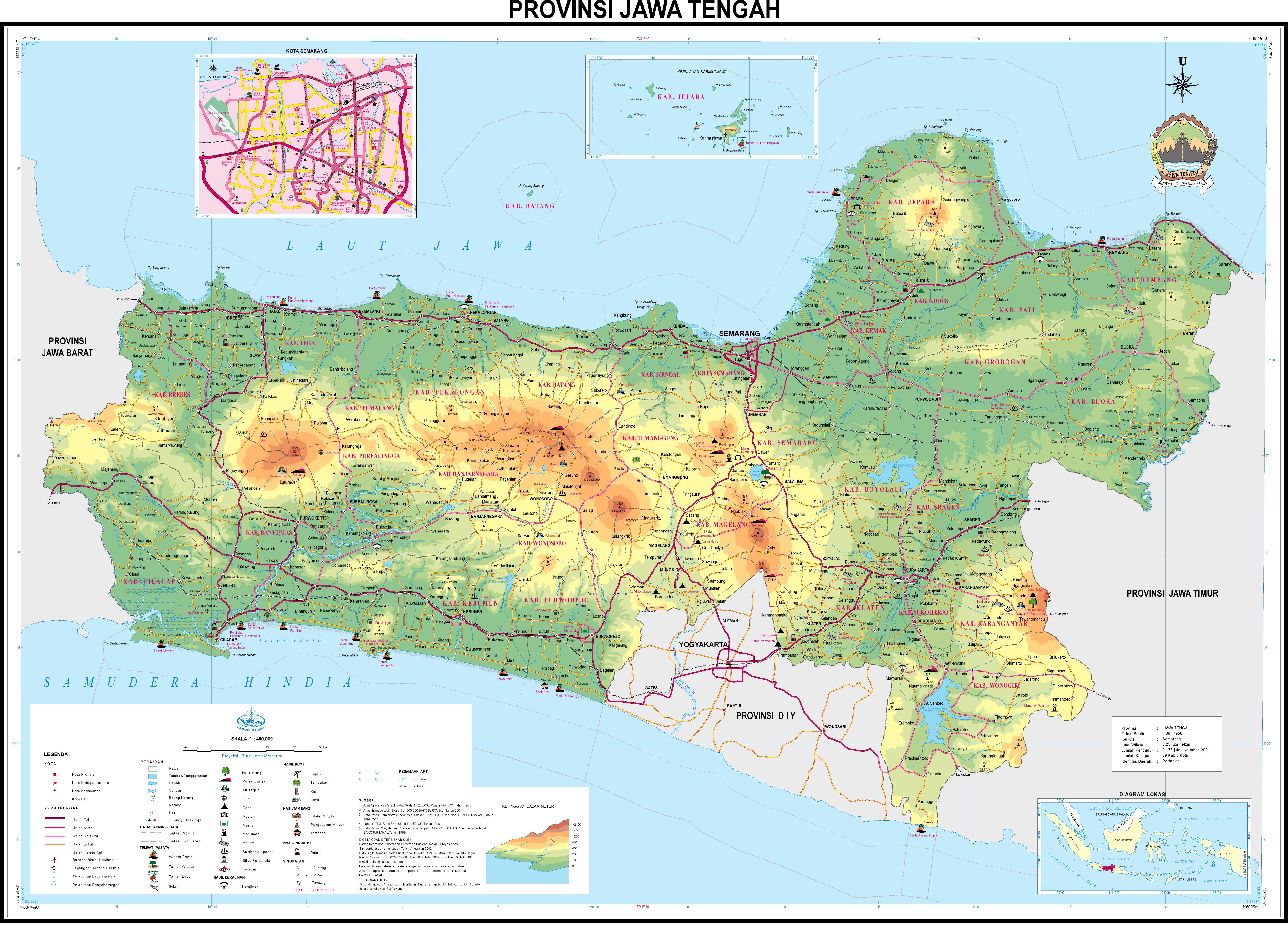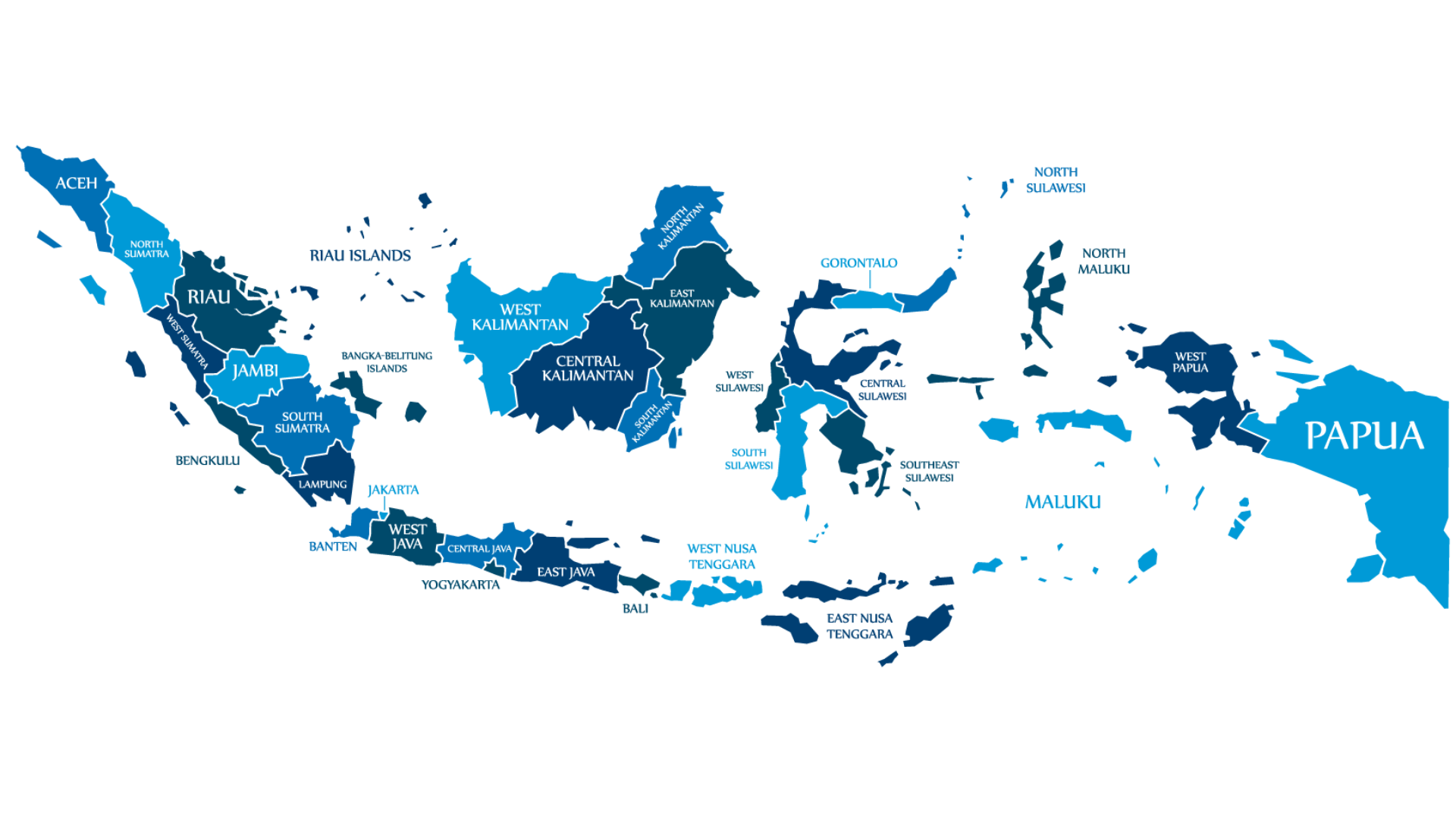Home / Batik Regions – Western Indonesia – Java Island – Central Java
Facts of the region
Discover Batik in Central Java
The Danar Hadi Museum in Solo, Central Java (photo: Indonesia Kaya)
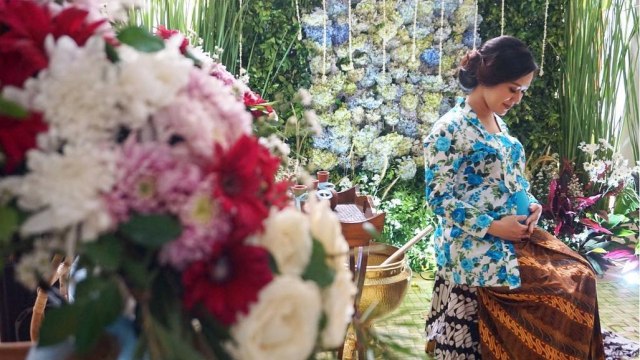
A mother wearing Batik in ‘Mitoni’ , a Javanese sacred ceremony for celebrating the 7th month of pregnancy. During the ceremony, the lady is required to change her lower garment 7 times with different batik textiles that have been blessed with prayers for the safety of the mother and baby. (photo: Ibu Gembala, Kumparan)
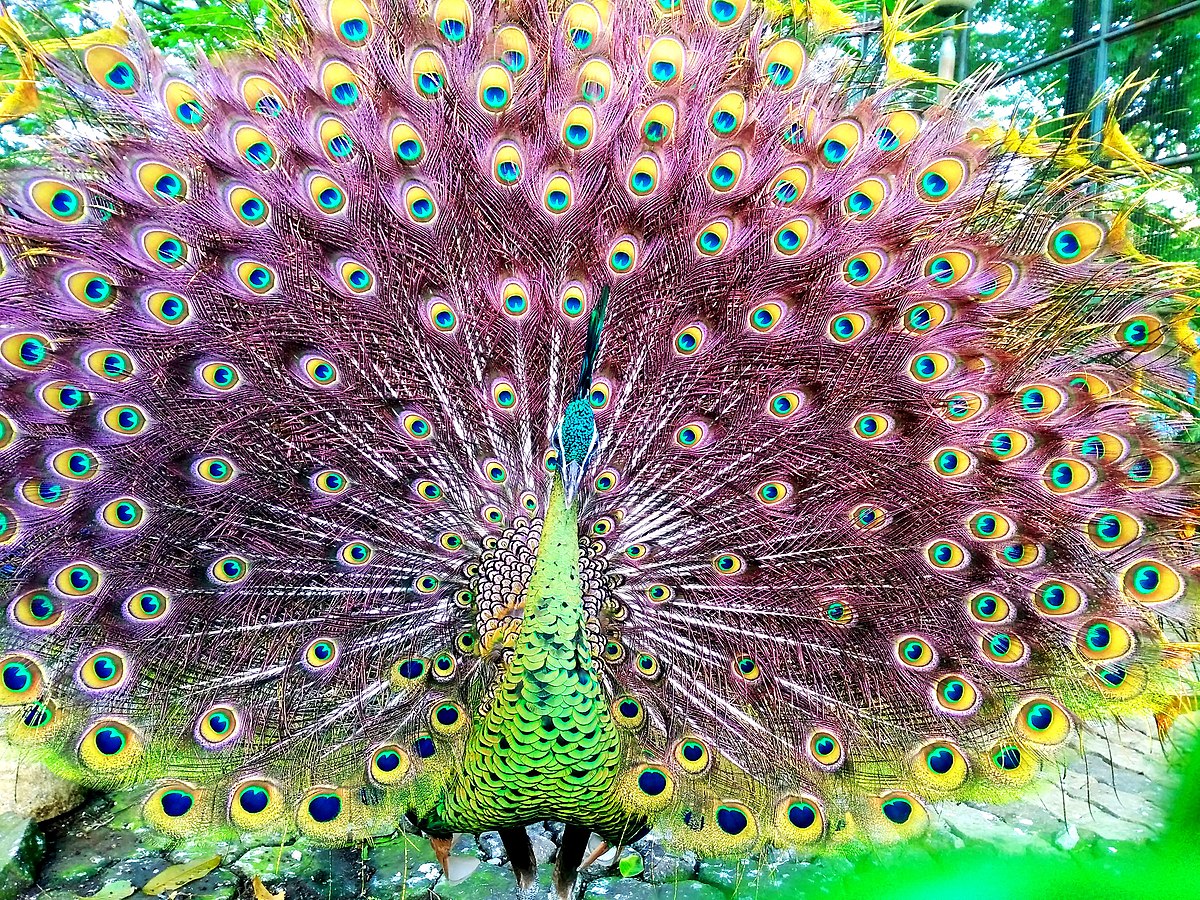
The peacock bird is one of the Batik motif inspirations in Central Java. It is the symbol of elegance and strong character (photo: Hendra Suroboyo, Wikipedia)
The Rooted Legacy of Mataram Empire
Batik in Central Java consists of three types of batik: coastal batik, royal batik, and village batik. The ancient Gulung-Gulung inscription dated 929 AD records that the batik industry has existed in Central Java even then. Batik motifs in Central Java have continuously evolved throughout different eras, since the ancient Hindu-Buddhist Mataram empire, the Islamic Demak Sultanate, to the Dutch colonial period. The motifs also contain cross-cultural influences from India, Persia, China, and Western countries as a result of commercial and cultural exchanges for centuries.
Batik of the Royal Court in Central Java
Batik textiles produced by artisans in the royal court represent the royal ideology – the messages of chivalry, wisdom, and high moral values that must be maintained by the King and the noblemen in the Royal Palace of Surakarta (Solo City). The use of batik is regulated by an intricate system of symbols, norms, and rules under the authority of the king. When making batik for use in sacred ceremonies, royal batik artisans frequently do special rituals in order to obtain divine guidance in their work. Each city has its own batik coloring specialty. For example, there is a type of batik motif called Batik Tiga Negeri (“Batik of Three Lands”), whose coloring process is conducted in three cities (Solo for the brown colour, Pekalongan for the blue colour, and Lasem for the maroon colour).
After World War I, the number of batik artisans in Semarang increased rapidly due to the decrease of textile imports from India, the Netherlands, and England. The communities of coastal cities such as Pekalongan and Semarang worked very hard to fulfil the needs of garments in Indonesia by producing batik textiles with desired motifs.
Batik Motifs in Central Java
Batik Villages in Central Java
local batik workshop
Batik villages are the region where the Batik producers mostly reside. You could buy the Batik textiles from the artisans and participate in the making process of Batik on the site.
Central Java
Visual Journey
in 1 Minute
Batik Production in Central Java
Batik Gown Fashion Show in Central Java
The Majestic Royal Culture
Central Java
The Borobudur Temple (photo: Borobudur Park)
About Central Java
Central Java is most famous for having the Borobudur Temple Complex, which was registered as a UNESCO World Heritage Site in 1991. It is also known as the birthplace of Wayang shadow theatre and Keris daggers, which have been inscribed as a UNESCO Intangible Cultural Heritage of Humanity in 2008. This region was also the centre of powerful maritime kingdoms in Southeast Asian regions, such as Mataram and Demak in the 9th to 16th Century.
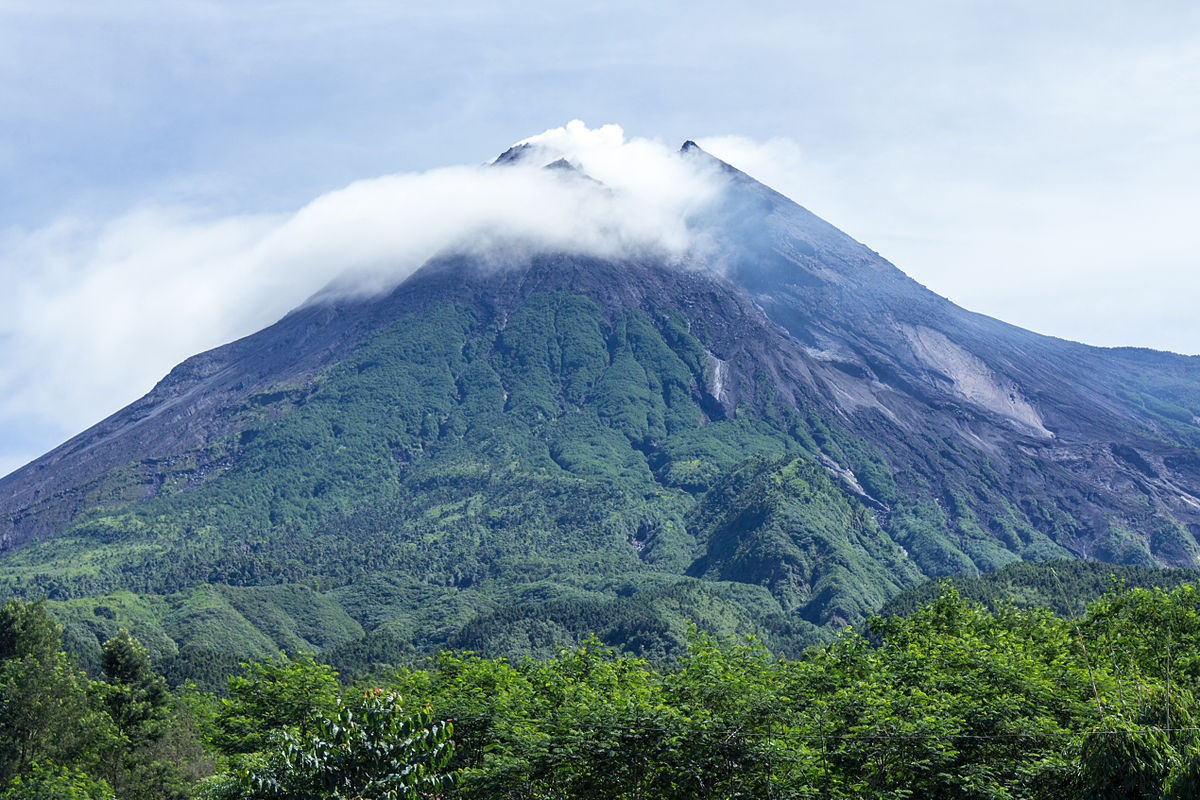
Facts about Central Java
Central Java is located in the central part of Java Island. Its capital city is Semarang. The province is bordered by West Java Province in the west, the Indian Ocean and Yogyakarta Special Region in the south, East Java in the east, and the Java Sea in the north. The area size is 32,548 km² with a total population of 34.26 million inhabitants. The majority of the population are Muslims (96.28%), with the rest being Protestant Christians (1.91%), Catholics (1.42%), Hindus (0.20%), and Buddhists (0.18%). Central Java is known for its wonderful volcanic landscape of Mount Merapi, which is located in the Regency of Magelang (Photo : Crisco, Wikipedia).
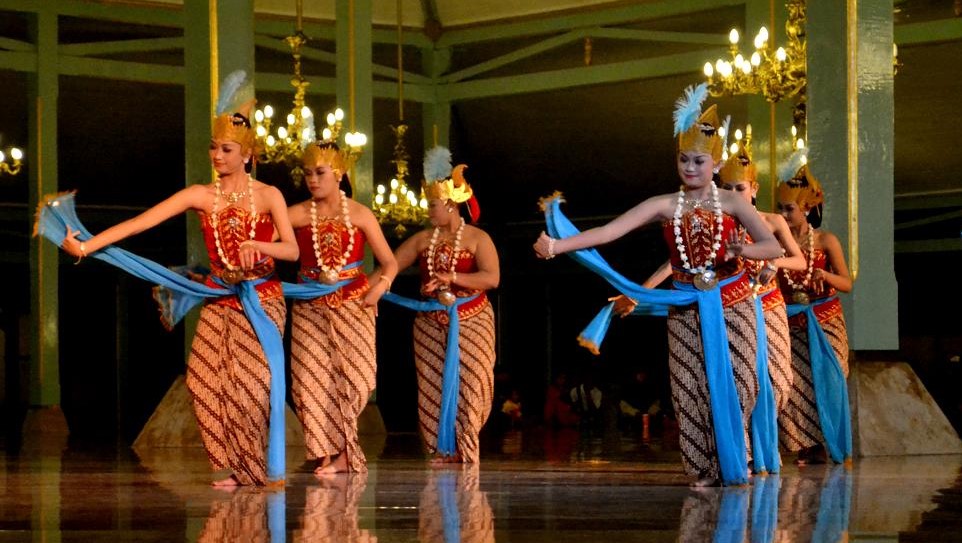
Highlights on Culture
Several Hindu/Buddhist kingdoms existed in this region in succession from the 7th century until the time of Dutch colonization, such as the Buddhist Kingdom of Kalingga in Jepara (founded in 674 AD), the Mataram Kingdom ruled by the Buddhist Dynasty Syailendra (760-856 AD), the successor of the Sanjaya Dynasty. Borobudur Temple was built during the late reign of the Syailendra Dynasty in the 9th century. It is the largest Buddhist Temple in the world and was inscribed as a UNESCO world heritage site in 1991.
In the 10th-16th century, Central Java became part of the territory ruled by two major dynasties in Southeast Asia, namely the Srivijaya dynasty and the Majapahit kingdom. This region also became the centre of powerful maritime kingdoms in the region, such as Mataram and Demak Sultanate in the 13th-18th Century. One of the well-known traditional dances inherited from the Mataram Kingdom is Gambyong dance, a courtly dance performed for royal events since the 18th Century. (Photo: Tulusnya Cahaya).
Tourist Attractions in Central Java
